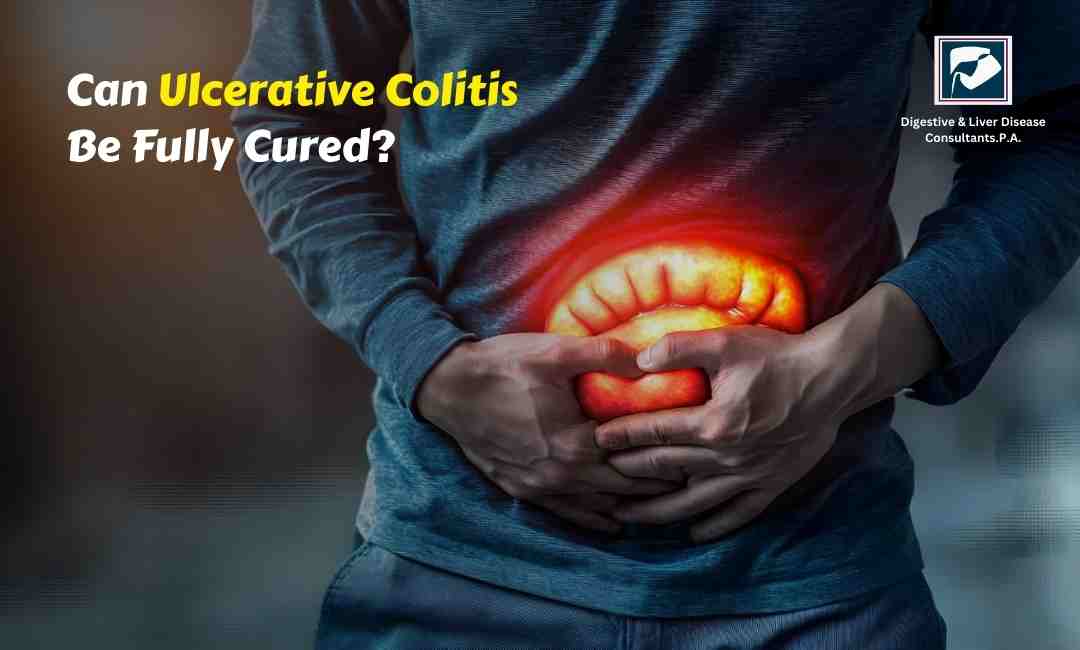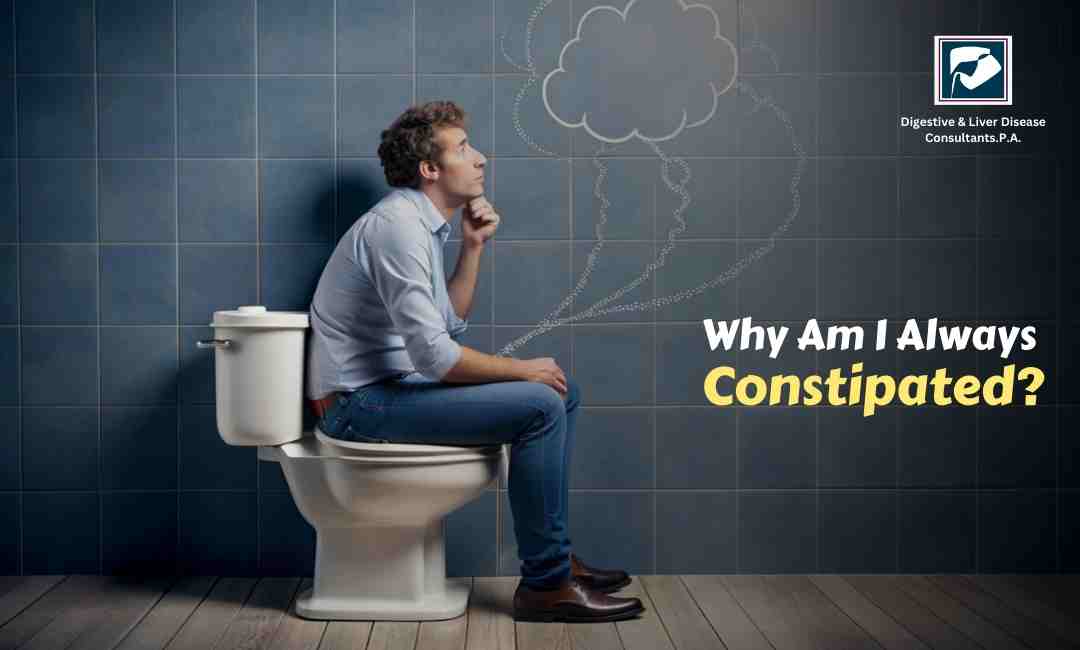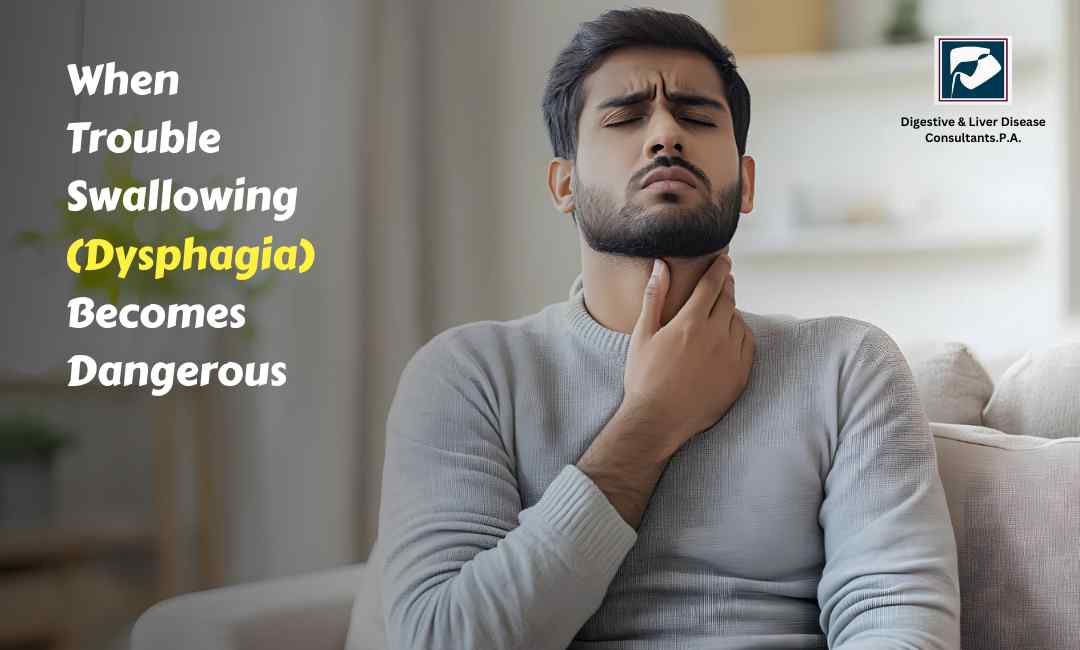Have you ever wondered why certain foods make you feel uncomfortable or even ill? For many, this discomfort is more than just an occasional annoyance—it's a sign of something deeper, like celiac disease. Celiac disease is an autoimmune disorder where consuming gluten triggers an immune response that damages the small intestine. If left untreated, it can lead to severe health complications. But how do you know if you have celiac disease? That's where upper endoscopy comes into play.
In this article, we'll explore how upper endoscopy is vital in diagnosing celiac disease, helping you understand the symptoms, what the procedure entails, and why it's so essential for accurate diagnosis. So, let's dive in!
Understanding Celiac Disease: What You Need to Know
Celiac disease affects millions of people worldwide, yet many remain undiagnosed. This chronic condition is triggered by consuming gluten—a protein found in wheat, barley, and rye. When someone with celiac disease eats gluten, their immune system mistakenly attacks the lining of their small intestine. This leads to inflammation and damage to the villi, tiny hair-like structures that absorb nutrients from food. As a result, individuals with celiac disease may suffer from malnutrition, anemia, osteoporosis, and other serious health issues.
Common Symptoms of Celiac Disease:
-
Chronic diarrhea or constipation
-
Abdominal pain and bloating
-
Weight loss or difficulty gaining weight
-
Fatigue and weakness
-
Anemia
-
Joint pain
-
Skin rashes (dermatitis herpetiformis)
-
Neurological symptoms like headaches and numbness
While these symptoms can point to celiac disease, they can also be associated with other conditions. This is why a definitive diagnosis is crucial—and that's where upper endoscopy steps in.
What is Upper Endoscopy?
Upper endoscopy, also known as esophagogastroduodenoscopy (EGD), is a medical procedure that allows doctors to examine the upper part of your digestive system, including the esophagus, stomach, and duodenum (the first part of the small intestine). During the procedure, a thin, flexible tube with a camera on the end (an endoscope) is inserted through the mouth and gently guided down into the digestive tract. This allows the doctor to visualize the lining of the upper gastrointestinal tract and take tissue samples (biopsies) if needed.
The Role of Upper Endoscopy in Diagnosing Celiac Disease
For individuals with suspected celiac disease, upper endoscopy plays a critical role in confirming the diagnosis. While blood tests can indicate the presence of certain antibodies associated with celiac disease, they are not definitive. The most reliable way to diagnose celiac disease is through an upper endoscopy with a biopsy of the small intestine.
Here’s how upper endoscopy contributes to the diagnosis:
-
Visual Examination: During the endoscopy, the doctor can directly observe the lining of the small intestine. In patients with celiac disease, the villi may appear flattened or atrophied. This visual evidence can strongly suggest celiac disease, especially in conjunction with symptoms and blood test results.
-
Biopsy Collection: The most critical part of the endoscopy is the biopsy. The doctor will take small tissue samples from the duodenum, which are then examined under a microscope. In celiac disease, these samples typically show damage to the villi, known as villous atrophy. The degree of villous atrophy can help confirm the diagnosis and assess the severity of the disease.
-
Exclusion of Other Conditions: Upper endoscopy also allows doctors to rule out other gastrointestinal conditions that may mimic the symptoms of celiac disease, such as Crohn’s disease, infections, or other forms of enteropathy.
Preparing for an Upper Endoscopy
If your doctor suspects celiac disease and recommends an upper endoscopy, it's essential to be well-prepared. The procedure is generally safe and well-tolerated, but here’s what you need to know:
-
Fasting: You’ll need to fast for several hours before the procedure to ensure an empty stomach.
-
Sedation: Most patients receive a sedative to help them relax and minimize discomfort during the procedure.
-
Post-Procedure: After the endoscopy, you may feel a bit groggy due to the sedation. It’s advisable to arrange for someone to drive you home and rest for the remainder of the day.
Why Early Diagnosis Matters
Early diagnosis of celiac disease is crucial for preventing long-term health complications. Once diagnosed, the primary treatment for celiac disease is a strict gluten-free diet. By eliminating gluten from your diet, the small intestine can begin to heal, and symptoms often improve significantly. However, the longer celiac disease goes undiagnosed and untreated, the higher the risk of developing severe complications like osteoporosis, infertility, and even certain types of cancer.
Conclusion: Consult the Experts at Digestive and Liver Disease Consultants (DLDC)
If you suspect you might have celiac disease or are experiencing symptoms related to gluten consumption, don't wait to seek medical advice. An upper endoscopy could be the key to understanding your condition and taking the necessary steps to protect your health. At Digestive and Liver Disease Consultants (DLDC), our team of experienced gastroenterologists is here to guide you through the diagnosis and treatment process.
Take control of your health today—schedule a consultation with our experts at DLDC and find the answers you need to live a healthier, gluten-free life






